Search
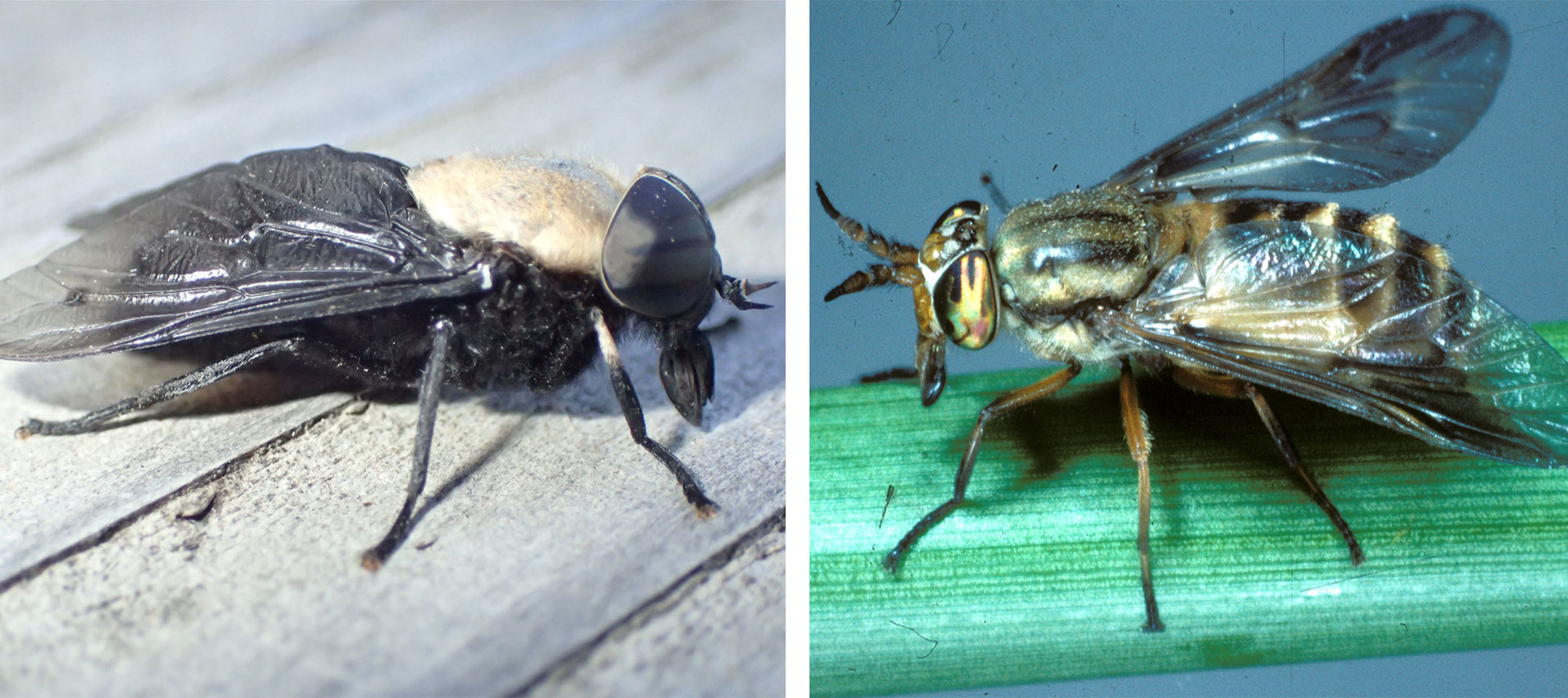
Horse Flies and Deer Flies Becoming Abundant
The above-average precipitation this year has led to increased numbers of horse flies and deer flies across South Dakota. Widespread flooding and an overall abundance of available water has made conditions perfect for these flies.

Youth for the Quality Care of Animals (YQCA) in South Dakota 4-H resources
About YQCA – the national program
Youth for the Quality Care of Animals (YQCA) is a national multi-species quality assurance program for youth ages 8 to 21 with a focus on three core pillars: food safety, animal well-being, and character development. The YQCA program is an annual certification created for youth producing and/or showing beef cattle, dairy cattle, sheep, meat goats, dairy goats, swine, poultry, and rabbits. The program has been designed by extension specialists and national livestock program managers to ensure it is accurate, current and relevant to the needs of the animal industry and shows, and is appropriate for youth learning levels.
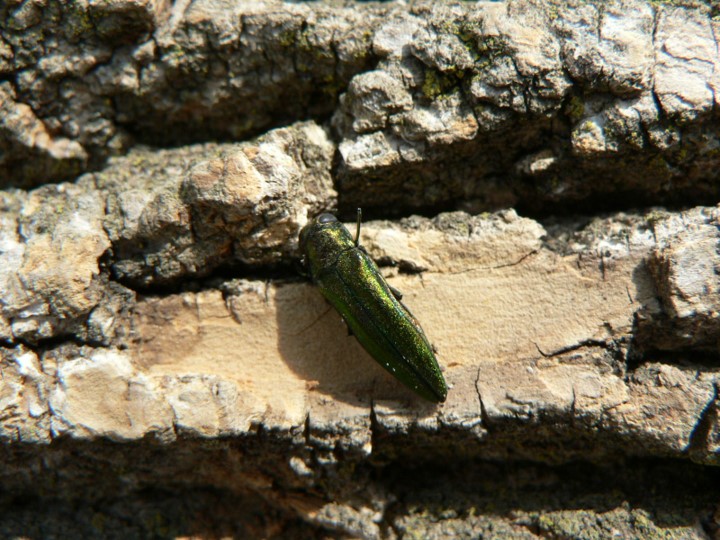
Emerald Ash Borer Life Cycle in South Dakota
This fact sheet is a general description of the emerald ash borer life cycle in South Dakota.
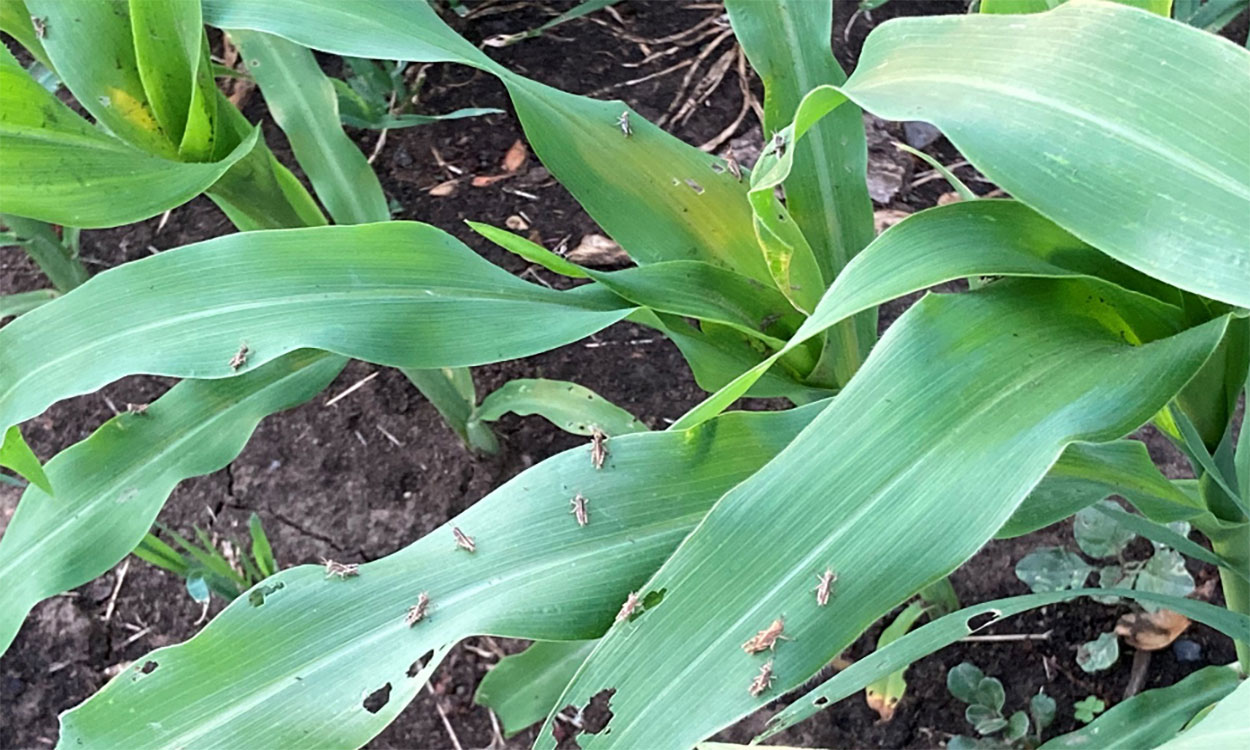
Large Grasshopper Populations Detected in South Dakota
Very large populations of grasshoppers have been detected in southeastern South Dakota. Although these grasshoppers aren’t causing serious defoliation in crops yet, there is the possibility that they will as the season progresses.

An identification guide for Alfalfa Insect Pests in South Dakota
Pictorial guide for common insect pests of alfalfa in South Dakota

An identification guide for Sorghum Insect Pests in South Dakota
Pictorial guide for common insect pests of sorghum in South Dakota.
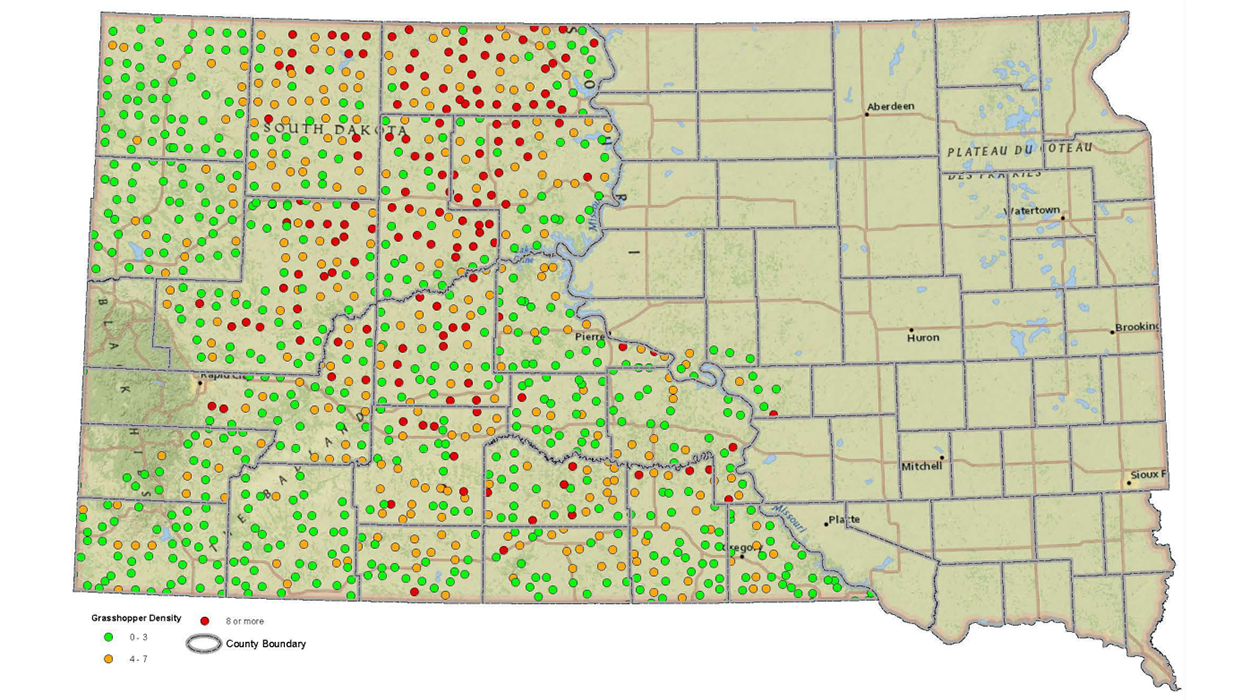
South Dakota Grasshopper Prediction for 2022
Data from the 2021 USDA Adult Grasshopper Survey of South Dakota suggests that grasshopper populations may continue to be problem in parts of central and western South Dakota during the spring of 2022.
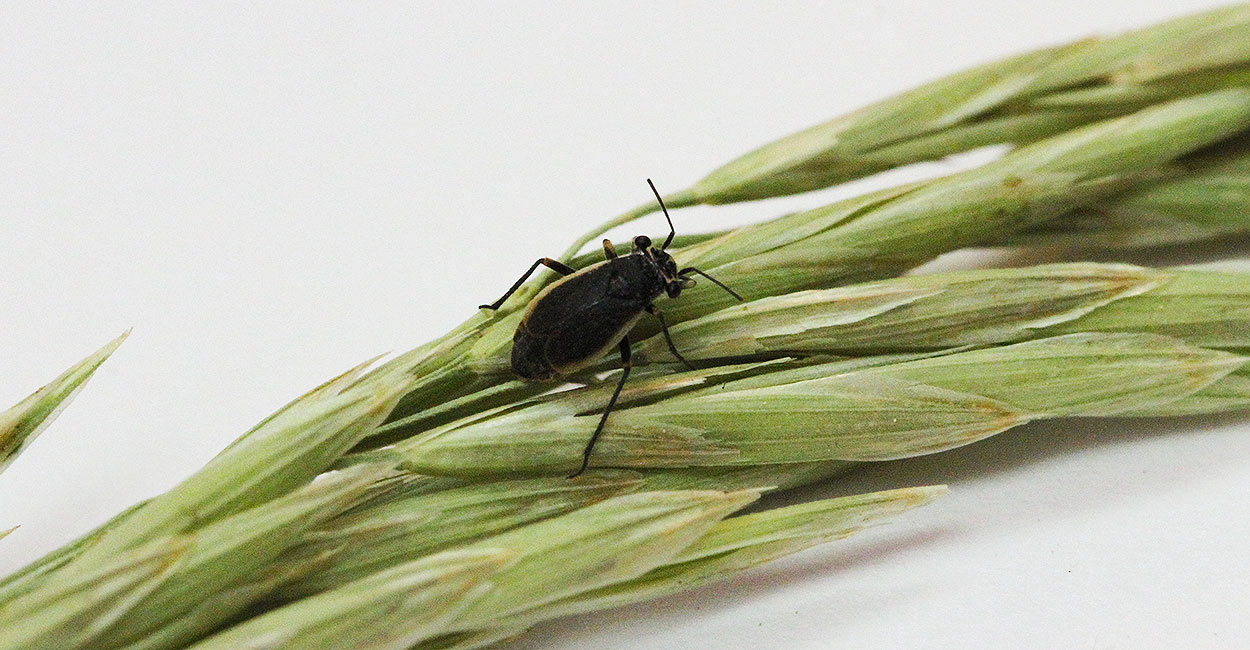
Black Grass Bugs May Cause Issues if Drought Persists
In western South Dakota, black grass bugs are a common spring forage pest that can cause considerable damage during periods of drought. Learn how to monitor and manage this pest to protect your forages this spring.
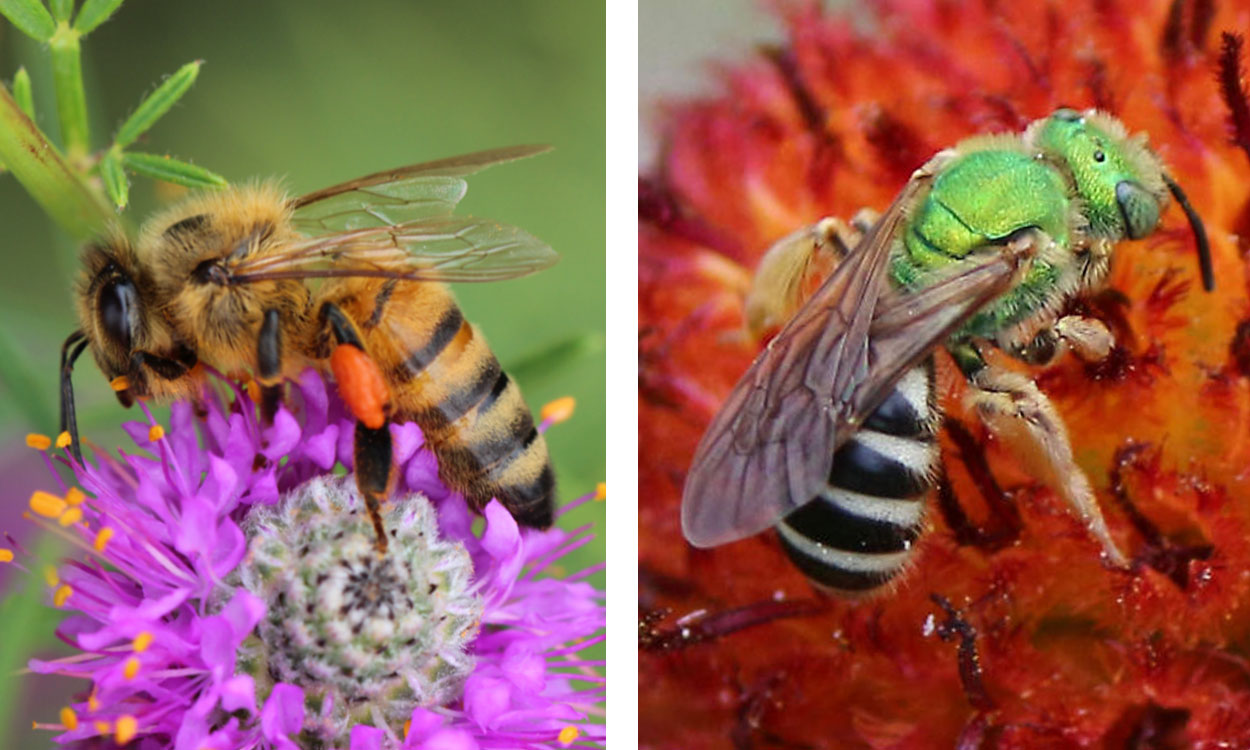
Beneficial Pollinators: Honey Bees and Bicolored Striped-Sweat Bee
With temperatures increasing in South Dakota, expect to see an increase of beneficial pollinators searching for blooming plants. Learn about two important pollinators, the honey bee and the native bicolored striped-sweat bee.